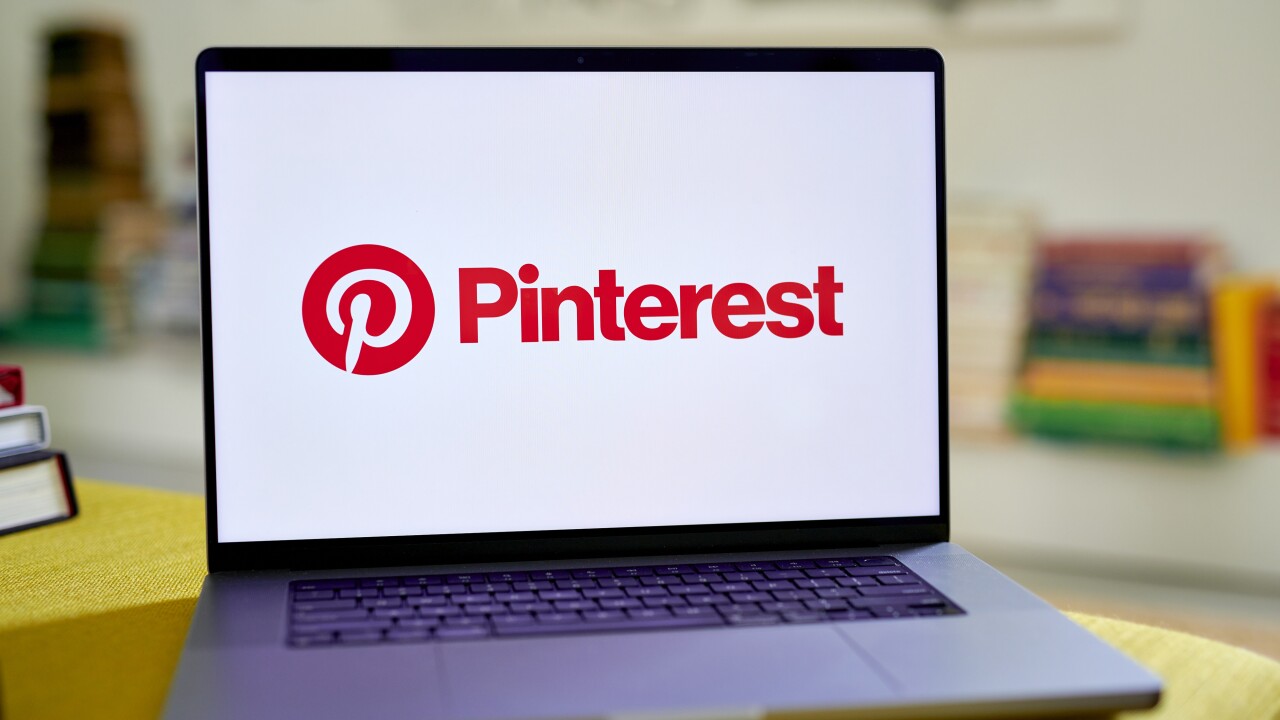The job market has shifted.
Two years ago, organizations prioritized
One discouraging factor is that engagement has hit a five-year low. Why does that matter? Because disengagement increases turnover risk, even if the labor market doesn't currently give employees as many options to leave. That market will change at some point, and you need to be prepared for when it does. These efforts aimed at retention are more strategic and proactive and will benefit you not only now, but in the future. An effective retention strategy now prevents you from reactive efforts to fix turnover later.
Read more:
The good news is that we still have time to fix things before the next big resignation event strikes. To do that, we need to analyze what is going on in the workplace. In the change of focus from retention to performance, have we sucked the passion and purpose out of the job? Are high performers trending toward burnout? Are they missing the recognition for their good work? Are the reasons employees choose to stay dwindling?
Paying attention to turnover metrics alone doesn't give you an accurate sense of health in your culture. Just because employees aren't leaving in droves doesn't mean your retention strategy is working. When turnover is low due to the labor market, you can tell your retention strategy is working by measuring engagement. A decrease in engagement can indicate turnover down the line and a guarantee that employees will flock to greener grasses when the job market inevitably flips.
Not all retention is good retention. High performers could be exiting or thinking about leaving the organization but feel stuck. Your retention strategy isn't something you pull out in times of turnover. It's constantly evaluating what keeps high performers working for you. And it should be a top priority regardless of the job market so that you're always prepared for what lies ahead.
Read more:
For The Big Stay, there are seven changes you need to enact to strengthen your retention strategy.
1. Address the root cause
Turnover is problematic, painful, and costly. But it's a symptom of other problems in the organization or an outcome of others. Your retention strategy needs to dig deep and understand what those problems are. You need to understand the trouble spots and risks so you can take action on those insights and make improvements. For example, look at feedback from your top performers. Are we hearing them say, "I feel like my coworkers could do more?"
2. Engagement can't wait
You need engaged employees. Today's engaged employees are next year's retained employees because engaged employees are less likely to leave. That doesn't necessarily mean more money. Creating an engaging work environment boils down to four steps: capturing employee feedback, analyzing the data, acting on areas that provide meaningful change, and then once again asking employees for their perspectives to measure progress.
3. Double down when there's involuntary turnover
How you address involuntary turnover could lead to more voluntary turnover. If you're terming low performers, make sure to recognize your top performers. Make sure your processes are transparent and fair. And don't forget to check in with impacted teams.
If you've had layoffs, make sure you lead with empathy. Show remaining employees that you care and be as transparent as possible to address uncertainty. It's also a good time to listen.
Read more:
4. Build a reliable listening process
Inaccurate data leads to bad decisions. Your data should be up to date. Collect employee feedback consistently, continuously, and at key milestones of the employee journey. More frequent opportunities for employee feedback are associated with higher levels of engagement. But remember, that doesn't automatically lead to engagement. Organizations must act on feedback to make the workplace better.
A reliable listening strategy creates highly engaged employees who feel a connection to their organization, team and work.
5. Tighten up performance practices
Performance and productivity aren't bad words. Employees want to be productive and high-performing. They want to contribute to the organization's success. So, let's use that shared desire of employees and leaders to build high-performing organizations.
Business success isn't built on high retention and low performance. Everyone has a role to play. Employees should regularly update their goals, ask and learn from feedback, have productive conversations with their managers often, and recognize their coworkers. Managers should discuss goal progress, coach employees with feedback and clarity on expectations, review performance, and recognize great work. HR and leaders should analyze performance and talent reviews as well as create and update succession plans.
6. Strategically track turnover
Simply knowing how many employees you have left isn't tracking turnover. How is your turnover trending over time? Are there any trends with age or tenure range or performance? How many of your employees are a flight risk? How many employees indicate that they might be looking to leave? Being able to answer these questions and more is critical to determine what parts of your retention strategy to keep top performers are working and what are not.
7. Emphasize impact
The biggest challenges in the organization are different for different job levels. Right now, executives don't feel that retention is a challenge. But directors, managers and individual contributors do. This doesn't mean that retention isn't a priority. It just means executives are focusing on different metrics. You can make the analytical connections and correlations of retention to customer retention, improving efficiency, and cost savings. When you do, the whole organization is motivated to improve retention to move the needle on other metrics that matter.
Think about retention as a magnet, keeping employees attracted to your organization so when forces might pull them away, like higher pay, your magnet is stronger. Creating a magnetic culture that attracts and keeps the best boosts engagement when turnover is low and helps employees resist the pull to leave when the labor market switches.
The retention strategy you use today will impact tomorrow's retention. Make investments in your retention strategy so you're prepared and remain an engaged, high-performing workplace where employees want to be.






